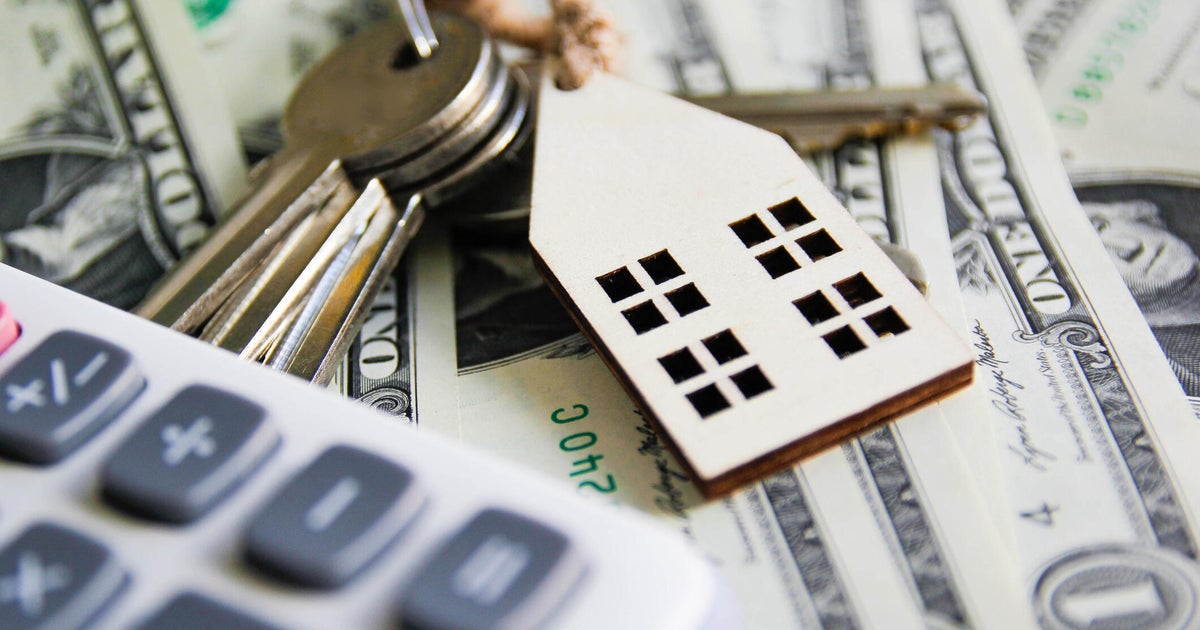Summary
Take credit cards, for example. Those short-term borrowing products currently have rates averaging over 21%. Personal loan rates, while lower, still have a nearly 12% average. Meanwhile, rates on home equity products sit in the low-to mid-8% range.
Source: CBS News on MSN.com

AI News Q&A (Free Content)
Q1: What are the main differences between a home equity loan and a home equity line of credit (HELOC)?
A1: A home equity loan is a one-time lump-sum loan with a fixed interest rate, typically used for major expenses like home repairs or medical bills. In contrast, a HELOC is a revolving line of credit with an adjustable interest rate, which allows the borrower to draw funds as needed up to a certain limit. Both are secured by the borrower's home and are considered second mortgages.
Q2: How have recent changes in tax legislation affected home equity loans in the United States?
A2: As part of the 2018 Tax Reform bill, interest on home equity loans is no longer deductible on income taxes in the United States. Previously, until December 31, 2017, it was possible to deduct this interest, which provided a tax advantage for borrowers.
Q3: What are some common uses for funds obtained through a HELOC?
A3: Homeowners often use funds from a HELOC for major purchases or projects such as home improvements, education, property investments, or medical bills. The flexibility of HELOCs makes them popular for these purposes, rather than for day-to-day expenses.
Q4: How do current interest rates on HELOCs compare to those of other common credit products, like credit cards and personal loans?
A4: HELOC interest rates currently sit in the low-to mid-8% range, which is significantly lower than the average credit card rates of over 21% and personal loan rates of nearly 12%. This makes HELOCs an attractive option for borrowers looking to manage debt at a lower cost.
Q5: What are the key risks associated with using a HELOC?
A5: The primary risk of using a HELOC is that it is secured by the borrower's home. Failure to meet the loan requirements or repay the borrowed amount can result in foreclosure. Additionally, since HELOCs have variable interest rates, monthly payments can fluctuate, impacting budget management.
Q6: What factors influence the interest rates offered on HELOCs?
A6: Interest rates on HELOCs are typically based on the prime rate plus a margin. Factors such as the borrower's credit history, loan-to-value ratios, and the lender's policies also play a significant role in determining the exact rate offered.
Q7: Why do lenders view HELOCs as low-risk financial products?
A7: Lenders consider HELOCs low-risk because they are secured against a borrower's home, which is typically a valuable asset. This security reduces the risk of loss for the lender, allowing them to offer HELOCs at relatively attractive interest rates compared to unsecured credit products.
References:
- Page: Home equity loan
- URL: https://en.wikipedia.org/wiki/Home_equity_loan
- Page: Home equity line of credit
- URL: https://en.wikipedia.org/wiki/Home_equity_line_of_credit


